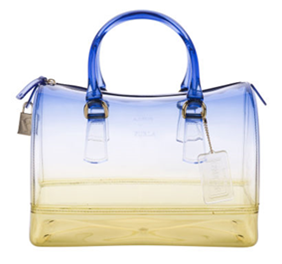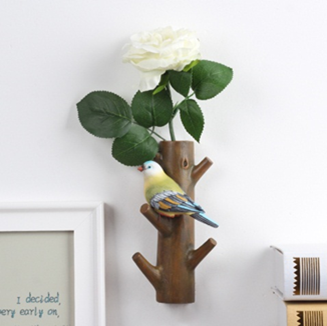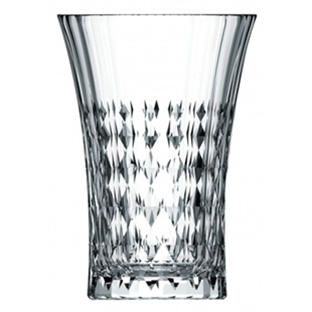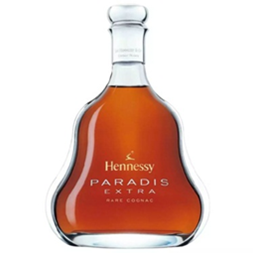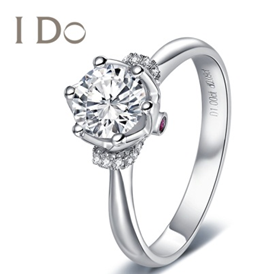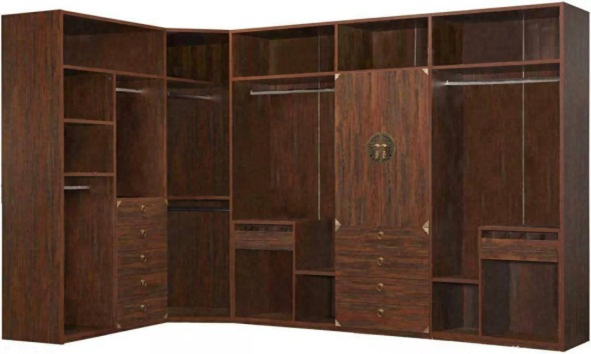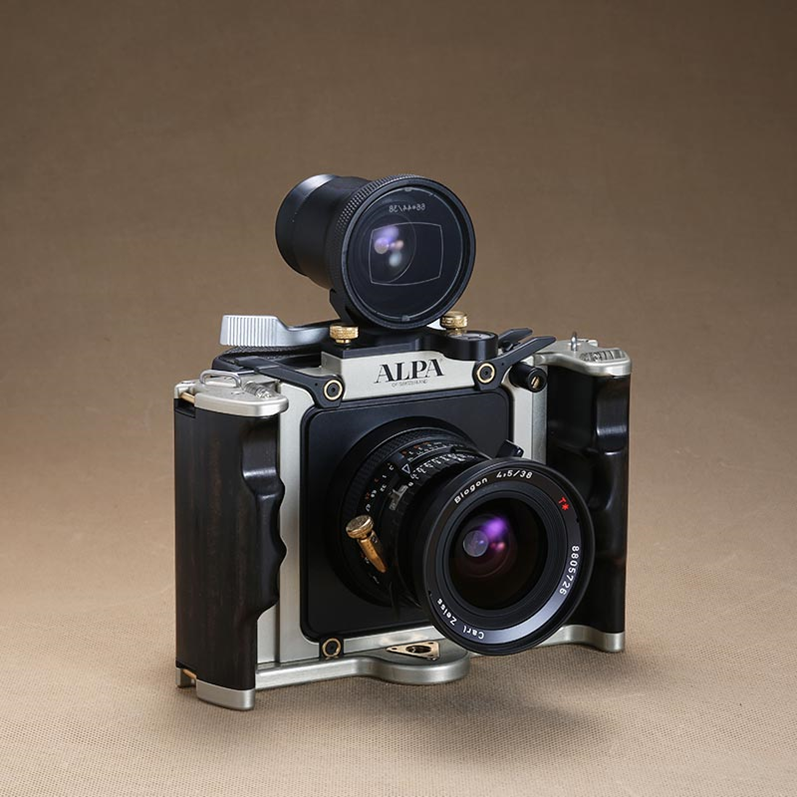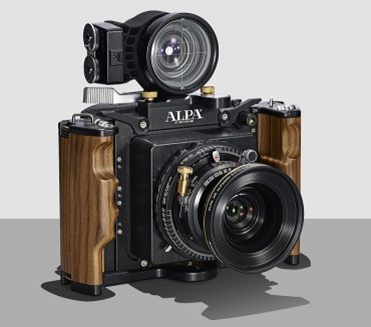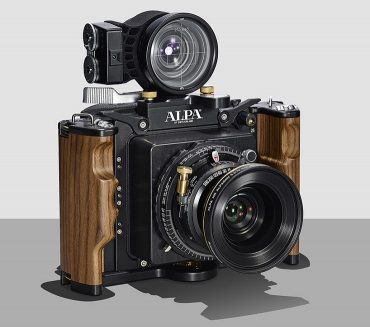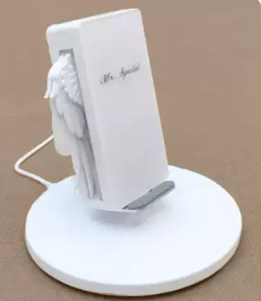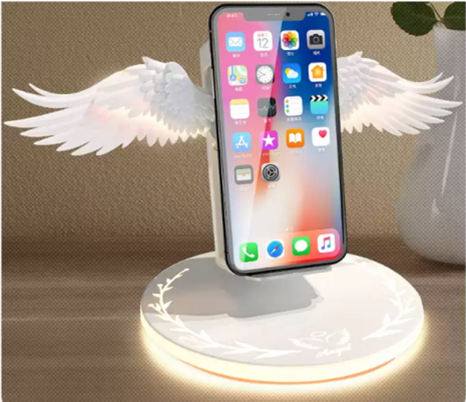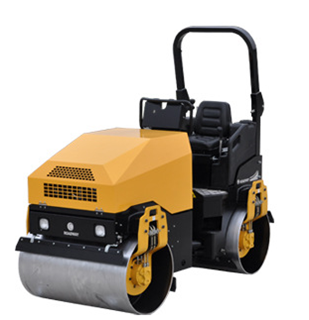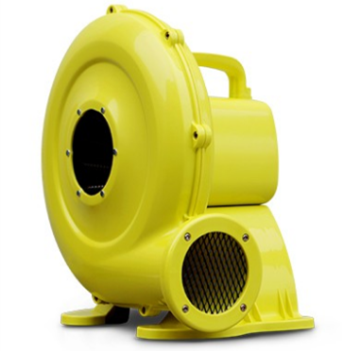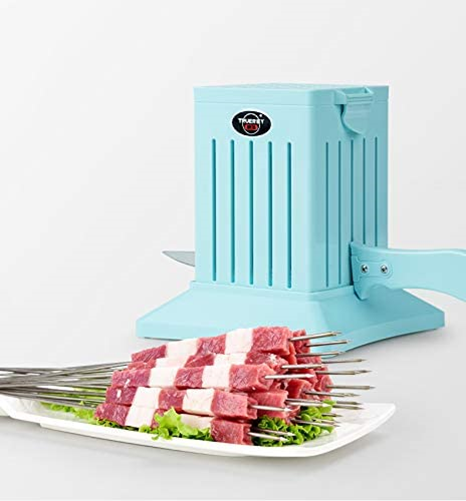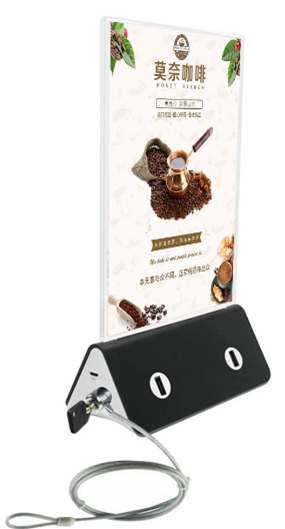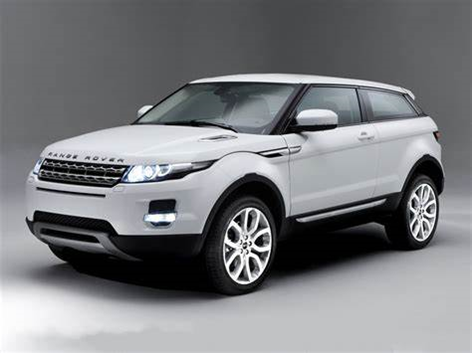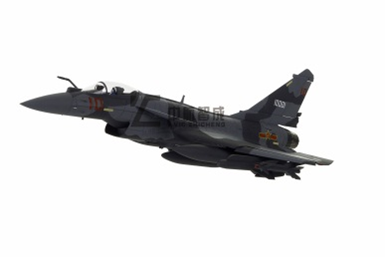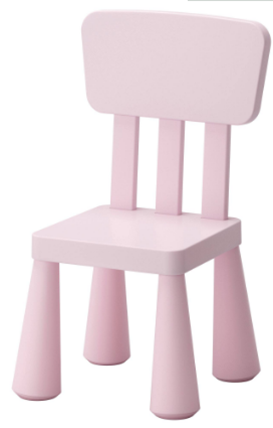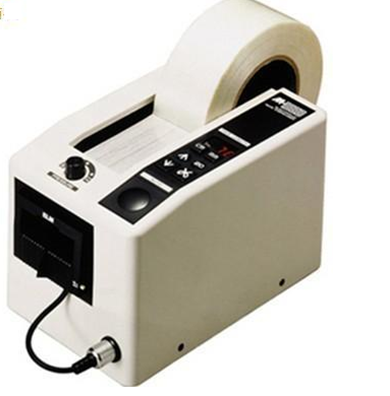Attorney-at-Law
A beautiful design is a plus even for industrial products. Enterprises also attach great importance to product design and actively seek legal protection for their product design. Generally speaking, design patents are the most effective means of protecting the design of industrial products, but the term of protection of design patents is only 15 years, and the protection method after the expiration of the protection period of design patents is a topic of concern for many enterprises. In the author's many years of practice, many customers have proposed that their products are a combination of practicality and artistry, and whether their products can be protected by China's Copyright Law as works of applied art. Is it possible for industrial products to be recognized as constituting works and protected by China's Copyright Law based on their artistic beauty? This article will start from this issue, combine practical cases, explain the conditions, methods and contents of the protection to the applied artworks under the Copyright Law, and discuss the difficult issues in practice, hoping to have some reference for enterprises.
I. The conditions, methods and contents of protection to the works of applied mark under the Copyright Law
According to China's current judicial practice, it has been concluded that works of applied art are protected by the Chinese Copyright Law as works of art, and there is basically a consensus on the conditions, methods and contents of the protection to the works of applied art. Combined with trial practice, the Supreme Court clarified the contents, methods and conditions for copyright protection to the works of applied art in the copyright Infringement dispute Zuo Shang Ming She Household Products (Shanghai) Co., Ltd. v. Beijing Zhong Rong Heng Sheng Wood Industry Co., Ltd. and Nanjing Mengyang Furniture Sales Center [(2018) Supreme Law Min Shen No. 6061] Case No. 157 of the 28th batch of guidance cases released on August 2, 2021. Practical artworks that are original, artistic, practical, and reproducible and that artistry can be separated from practicality, can be recognized as works of applied art and are protected by the Copyright Law as works of art. Works of applied art protected by Copyright Law must be artistic, and Copyright Law protects the artistry of works of applied art rather than their practicality.
1. Conditions and methods of protection
China's existing Copyright Law does not directly enumerate works of applied art as one type of protected works. In judicial practice, works of applied art are usually protected as works of art. The above mentioned guidance case of the Supreme Court clarified that practical artworks are recognized as works of applied art and protected as works of art when they meet the conditions, namely, they meet the requirements of originality, artistry, practicality and reproducibility, and the artistry can be separated from practicality.
The above conditions of protection can be summarized as originality, artistry, and reproducibility, in which artistry must be able to exist independently of practicality.
2. Contents of protection
Works of applied art are a combination of practicality and artistry, but what is protected by the Copyright Law is only its artistry, that is, the protection of the original artistic shape or artistic pattern on the works of applied art, that is, the structure or form of the artwork. Prior to the issuance of the above-mentioned guidance case by the Supreme Court, a large number of judicial precedents also implemented this standard. The Guidelines for the Trial of Copyright Infringement Cases formulated by the Beijing Higher Court state that "the original artistic beauty part of a work of applied art may be protected by the Copyright Law as a work of art."
II. Difficulties of protection to works of applied mark in practice under Copyright Law
There are generally two controversial points in the protection of works of applied mark in practice under the Copyright Law, one is how to make sense and determine that practicality and artistry can be separated, and the other is how to determine that the artistic creation of the works of applied art meets the requirements of fine works of art.
1. Separation of practicality and artistry
In the above-mentioned guidance case, the Supreme Court pointed out the specific requirements for separation of practicality and artistry, which can be physical separation from each other, that is, the practical aspect with practical functions and the artistic aspect that embodies the beauty of art can be physically separated from each other and exist separately; It can also be a separation in concept, that is, changing the artistic aspect of a practical artwork will not lead to the substantial loss of its practical function. When the practicality and artistry of a practical artwork cannot be separated, it cannot be protected as a work of art by the Copyright Law.
Physical separation is easier to understand, such as a lamp holder with a practical function and a lampshade that embodies artistic beauty can be physically separated. In practice, the vast majority of practical artworks often integrate the functional part and the part that embodies the beauty of art, and the practicality and artistry cannot be physically separated from each other, then it is fine if the two can be separated conceptually. The Supreme Court further explained the abstract concept of "conceptual separation" in a more intuitive way, which is to envisage a change in artistry in the practical artwork, if it does not lead to the loss of the practical function in essence, it is believed that the practicality and artistry can be separated conceptually. In fact, "conceptual separation" is concretized into "non-single expression" through the above means, which is more operational in practice. If the use of other expressions does not lead to loss of practical function, it is considered that practicality and artistry can be separated, and if the use of other expressions causes damage or loss of practical function, the two are considered inseparable.
For example, in the above-mentioned guidance case, the court of first instance held that the "Tang Yun cloakroom furniture" claimed by the right holder was a practical industrial product, and its functionality and artistry could not be separated, and did not constitute a work. In its retrial judgment, the Supreme Court pointed out that changing the plate décor pattern, metal accessories matching, Chinese symmetry, and other styling designs of "Tang Yun cloakroom furniture" will not affect its practical functions of placement and display of clothes as cloakroom furniture. Therefore, the Supreme Court found that the artistry of "Tang Yun cloakroom furniture" can be separated from its practical function and exist independently.
2. The degree of artistic creation of works of applied art shall meet the requirement of works of art
The judgment of the degree of artistic creation is often subjective. In judicial practice, courts generally determine whether a practical artwork has aesthetic significance by examining the author's creative work such as choice, selection, design, and layout when creating a work, and whether it reaches the height of artistic creation of a work of art.
In the above-mentioned guidance case, the Supreme Court held that "Tang Yun Cloakroom Furniture" reflects Zuo Shang Ming She's creative work such as choice, selection, design, and layout in terms of plate décor design, accessory design, whether to trim on the edges, the pattern of the trim, and the specific position of the trim. From the perspective of Chinese furniture style, the right side of "Tang Yun cloakroom furniture" adopts a Chinese one-to-one symmetrical design, giving people a harmonious sense of beauty. Therefore, "Tang Yun cloakroom furniture" has aesthetic significance and reaches the height of the artistic creation of works of art.
In the Civil Judgment (2016) Jing 0105 Civil First No. 10384, the Chaoyang Primary Court, Beijing found that although the exterior of Jaguar Land Rover's "Range Rover Evoque" car incorporates the designer's pursuit of beauty to a certain extent in terms of lines, colors, and shapes, these specific expressions are still insufficient to meet the minimum requirements for originality of works of art compared with ordinary car designs, and the general public regards them more as industrial products than works of art. Therefore, the design of Jaguar Land Rover's "Range Rover Evoque" car as a whole does not reach the height of artistic creation required by works of art, and is not original; it neither constitutes a work of art, nor a work of applied art. The Chaoyang Primary Court also elaborated on the logic behind its above determination, "Under the system of China's Copyright Law, works of applied art belong to a special type of works of art, which should at least meet the originality requirements of works of art in general, and be able to reflect the author's unique creativity and concepts in the field of aesthetics. In addition, works of applied art are typical situations where design patent rights and copyright overlap in the object of protection, and if the judgment of the artistic creation of the works of applied art is too lenient, there is a risk that the relevant systems of patent law will be useless, which will seriously affect the development of the industrial property system. In terms of originality, a work of applied art should at least be highly consistent with the creation of ordinary works of art, enough to make people treat it as a work of art rather than an industrial product.” The Beijing Intellectual Property Court of the second instance also upheld the above finding of the court of the first instance.
Comparing the above two cases, the Supreme Court’s guidance case did not require that the degree of creativity of a work of applied art should be sufficient for people to treat it as a work of art rather than an industrial product. Instead, it judged whether the creative work of the author's choice, selection, design, and layout is reflected from the plate décor design and accessory design of the "Tang Yun cloakroom furniture", and then determined whether it has reached the height of the creation of a work of art. The Supreme Court’s requirement for the degree of creativity of a work of applied art in the above case is obviously lower than the requirement that "it is sufficient to make people regard it as a work of art rather than an industrial product". In practice, there are many opinions that the requirements of the Supreme Court for the degree of creativity of works of applied art in the above-mentioned guidance case is too low, and protection was granted to the contents that should not be protected by the Copyright Law, because in the eyes of the public, "Tang Yun cloakroom furniture" is only "beautiful furniture", and it is difficult to treat it as a "work of art". It remains to be seen whether in follow-up practice there will be more cases in which industrial products that are beautiful in the eyes of the public will be protected by the Copyright Law as a result of the above-mentioned guidance case of the Supreme Court.
III. Practical case reference
The following list summarizes the cases in which practical artworks have been protected and not protected in recent years, hoping to help readers more intuitively understand the height for the creation of practical artworks to be protected, and provide more reference on whether to protect practical artworks through the Copyright Law.
|
Court case reference No. |
Trial court |
Picture of the involved product for reference (images searched from Internet) |
Whether it is protected as a work of art |
|
(2008)Second Intermediate Civil First No. 12293 |
Beijing Second Intermediate People's Court |
|
Yes |
|
(2014) Pu Civil 3 (IP) First No.67 |
Shanghai Pudong New Area People's Court |
Blue-box bear fun luggage car |
Yes |
|
(2014) Shen Intermediate IP Civil First No.486 |
Intermediate People's Court of Shenzhen, Guangdong |
|
Yes |
|
(2017) Yue Civil Final No.3097 |
Guangdong High People's Court |
Yes |
|
|
(2016) Min 05 Civil First No.1251 |
Quanzhou Intermediate People's Court, Fujian |
Bulaiqi hook |
No |
|
(2017) Min Civil Final No.332 |
Fujian High People's Court |
Yes |
|
|
(2017) Su 01 Civil First No.1693 |
Intermediate People's Court of Nanjing, Jiangsu |
Gp lady diamond fh36 glass |
Yes |
|
(2018) Su Civil Final No.1106 |
Jiangsu High People's Court |
Yes |
|
|
(2017)Yue 73 Civil First No.3414 |
|
|
Yes |
|
(2019) Yue Civil Final No.1665 |
Guangdong High People's Court |
Yes |
|
|
(2019) Jing 0491 Civil First No.21100 |
Beijing Internet Court |
|
Yes |
|
(2014) Ning IP Civil First No.126 |
Intermediate People's Court of Nanjing, Jiangsu |
Tang Yun Cloakroom Furniture |
No |
|
(2015) Su IP Civil Final No.00085 |
Jiangsu High People's Court |
Yes |
|
|
Supreme People's Court |
Supreme People's Court |
Yes |
|
|
(2017) Chuan 01 Civil First No.854 |
Intermediate People's Court of Chengdu, Sichuan |
|
Yes |
|
(2020) Yue 0304 Civil First No.16 |
Futian Primary People's Court, Shenzhen, Guangdong |
Angel Wings wireless charger |
Yes |
|
(2021) Lu 08 Civil First No.182 |
Intermediate People's Court of Jining, Shandong |
|
No |
|
(2022) Lu Civil Final No.242 |
Shandong High People's Court
|
No |
|
|
(2022) Yue 0705 Civil First No.3498 |
Xinhui Primary People's Court, Jiangmen, Guangdong |
|
No |
|
(2019) Ji 09 Civil First No.9 |
Intermediate People's Court of Cangzhou, Hebei |
|
No |
|
(2019) Ji IP Civil Final No.290 |
Hebei High People's Court
|
No |
|
|
(2017) Yue 0306 Civil First No.15895 |
Bao’an Primary People's Court, Shenzhen, Guangdong |
|
No |
|
(2018) Yue 03 Civil Final No.8182 |
Intermediate People's Court of Shenzhen, Guangdong
|
No |
|
|
(2016) Jing 0105 Civil First No.10384 |
Chaoyang Primary People’s Court, Beijing |
|
No |
|
(2019) Jing 73 Civil Final No.2034 |
Beijing Intellectual Property Court |
No |
|
|
(2013) First Intermediate Civil First No.7 |
Beijing First Intermediate People's Court |
|
No |
|
(2014) High Civil (IP) Final No.3451 |
Beijing High People's Court |
No |
|
|
(2017) Supreme Civil Retrial No.353 |
Supreme People's Court |
No |
|
|
(2008) Hu Second Intermediate Civil 5 (IP) First No.187 |
Shanghai Second Intermediate People's Court |
|
No |
|
(2005) Shen Intermediate Civil 3 First No.402 |
Intermediate People's Court of Shenzhen, Guangdong |
|
No |
|
(2006) Yue High Civil 3 Final No.45 |
Guangdong High People's Court |
No |
IV. Conclusion
China's legislation and judicial practice do not exclude the provision of copyright law protection in addition to design patents for qualified industrial products with artistic beauty. In practice, there are some cases in which practical artworks have obtained protection under the Copyright Law as works of art. In addition, Article 6 of the Chinese Anti-Unfair Competition Law also provides the possibility of protection for the design of the product which is well-known and capable of identifying the source of product as product decoration of a certain influence. For example, the aforementioned Range Rover Evoque case, although the design of the Evoque car was not protected by the Copyright Law, it was determined as product decoration of certain influence prescribed in Article 6 of the Anti-Unfair Competition Law, and was protected accordingly. Therefore, for industrial products with a certain design, the right holder can choose a better protection method according to the actual situation.

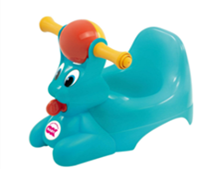 Spidy toilet
Spidy toilet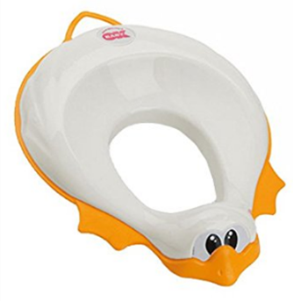 Ducka toilet mat
Ducka toilet mat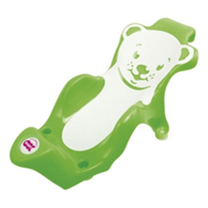 Buddy bath lounge
Buddy bath lounge
